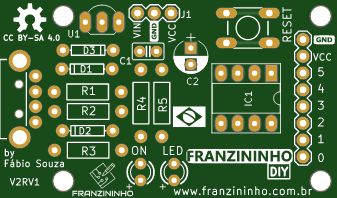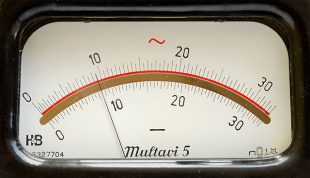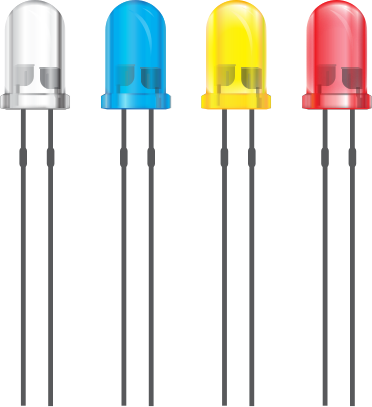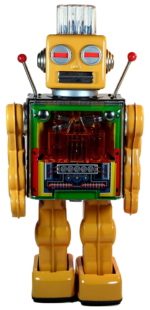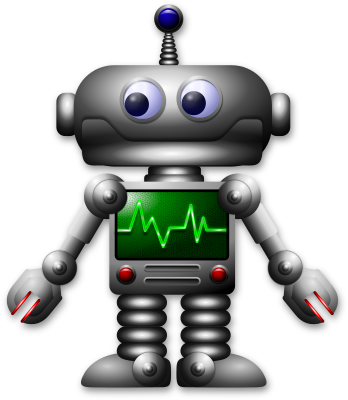Production Notes – Electromechanical – 01
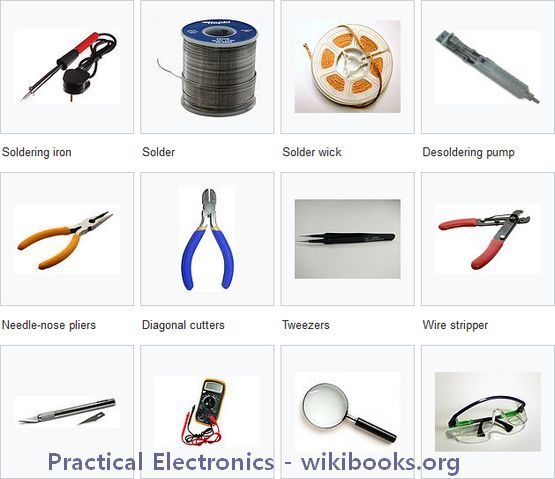
Production, especially prototype testing and Pilot Production exposes lot of engineering and serviceability issues. When you mass produce, it is more streamlined, yet the scope for improvement never ends. The process should always be open to feedback and improvements. – delabs
Practical Electronics at Wikibooks – Nice page to learn basics before you study my points down below.

Other essentials include a small pair of needle-nose pliers, side-cutting pliers, stainless steel or nickel-plated tweezers, wire strippers, a hobby knife with replaceable blades (e.g., X-Acto), and an analogue or digital multimeter with test leads.
delabs Experience – Points to Note
- The tracks or components on a PCB should not be near the mounting holes, the tracks may form electrical connections with the cabinet earth if they touch the pillar, washer or nut-bolt.
- When you tighten the screws-nuts-bolt, limit torque by feeling or with torque limit screwdrivers, or thread will slip or PCB-Cabinet break, or CRT-Glass-Plastic will crack-shatter.
- After assembly and testing is over on a board, do not drill-file it, it should have been done before. Else components crack or tracks break or small metal pieces will form shorts.
- The Mechanical and electro-mechanical must be streamlined before production, for example when fitting the board the screwdriver may slip and break a zener. The product should be engineered in such a way that it fits easily and the testing and quality checks need not be repeated.
- Some mechanical failures may not be visible but may show up as a field failure after even 3 months. this will make you lose further orders and ruin the reputation. Hence engineering is vital.
- Alumina-Aluminum oxide powder mixed in epoxy resin (araldite) can make thermally conductive insulating filler, heatsinks. The Alumina must be free of moisture and very dry.
- When you drive nails into walls ensure that that part of the wall is free of mains, telephone or any wiring.
- Some pcbs can have hairline cuts or hairline shorts which will make troubleshooting difficult.
- Never put or remove ICs, cards or plug-in modules when the power to that system is on, power off system wait for some time for caps to discharge, then insert ICs or cards, applies to PCs too, USB is a exceptions as they are hotplug, anyway even in this, take a bit of care.
- Use RTV (room temperature vulcanizing) silicone rubber compound or Varnish on PCB-devices to avoid corrosion-dust. more so in industrial environment, ships and chemical industries.
- Whenever you use nuts and bolts to fasten a PCB or parts to a cabinet use a spring washer, double nut or adhesive to prevent slip. When a loose nut falls on the pcb or transformer sparks will fly.
- Do not mix mechanical and electrical connections, these leads to failures and frequent need of repairs and service.
Tutorials on Basics and Instrumentation – Theory must be studied once and referred to, again and again as you do practicals. One is by building DIY projects and then modifying them. Also Repair of equipment, troubleshooting, testing and calibrating.



